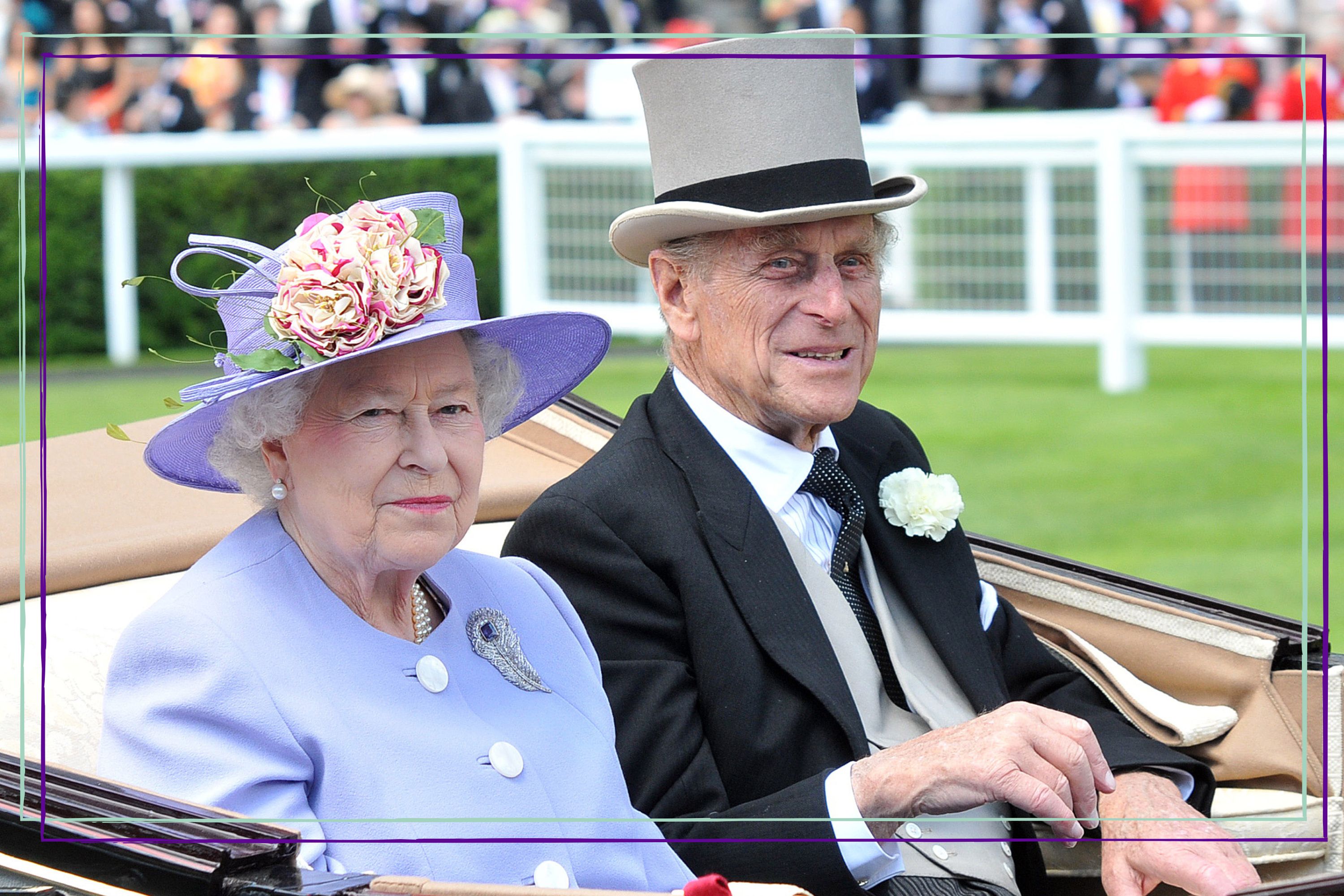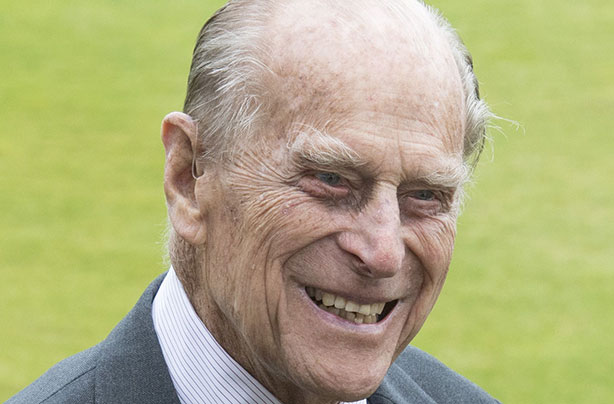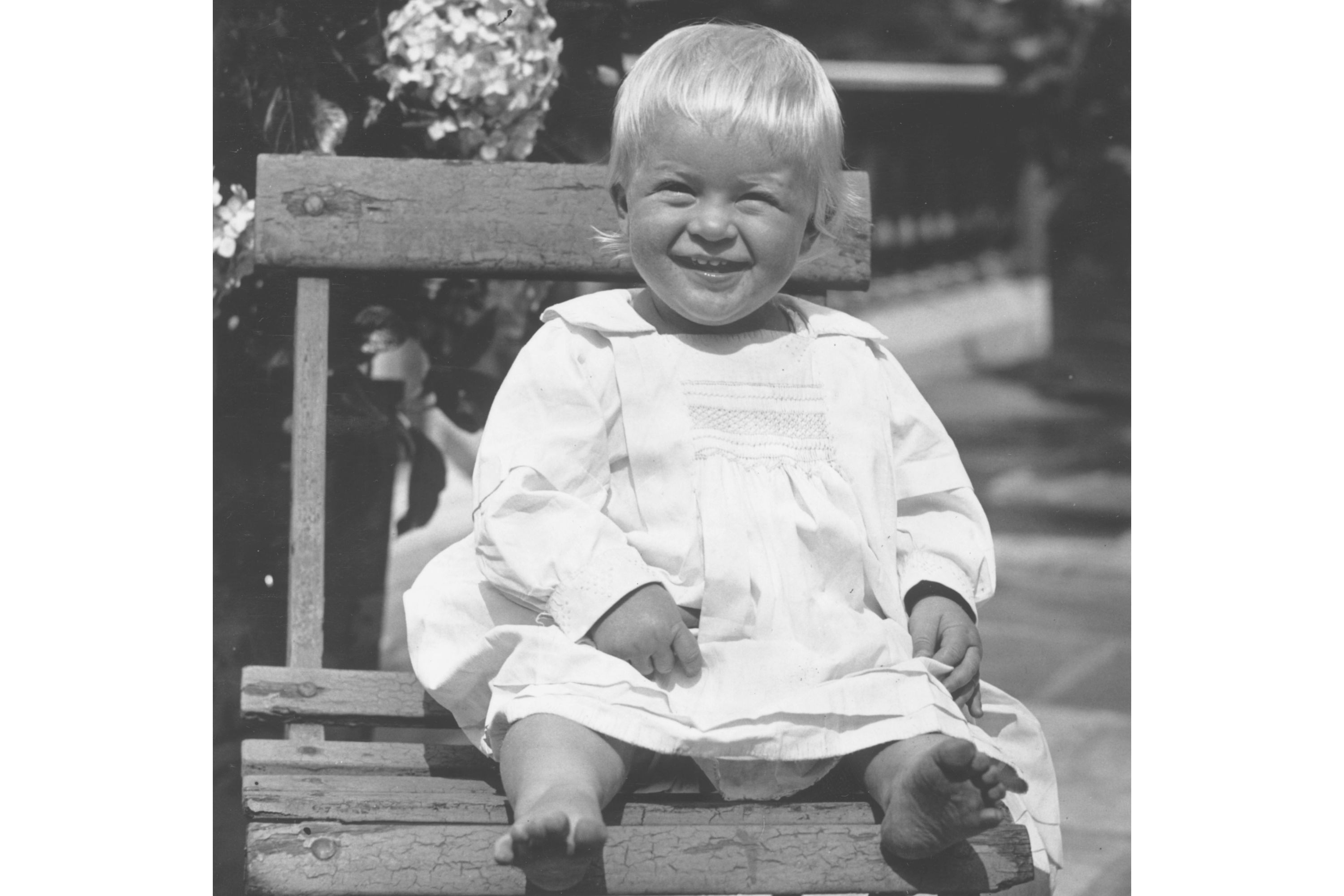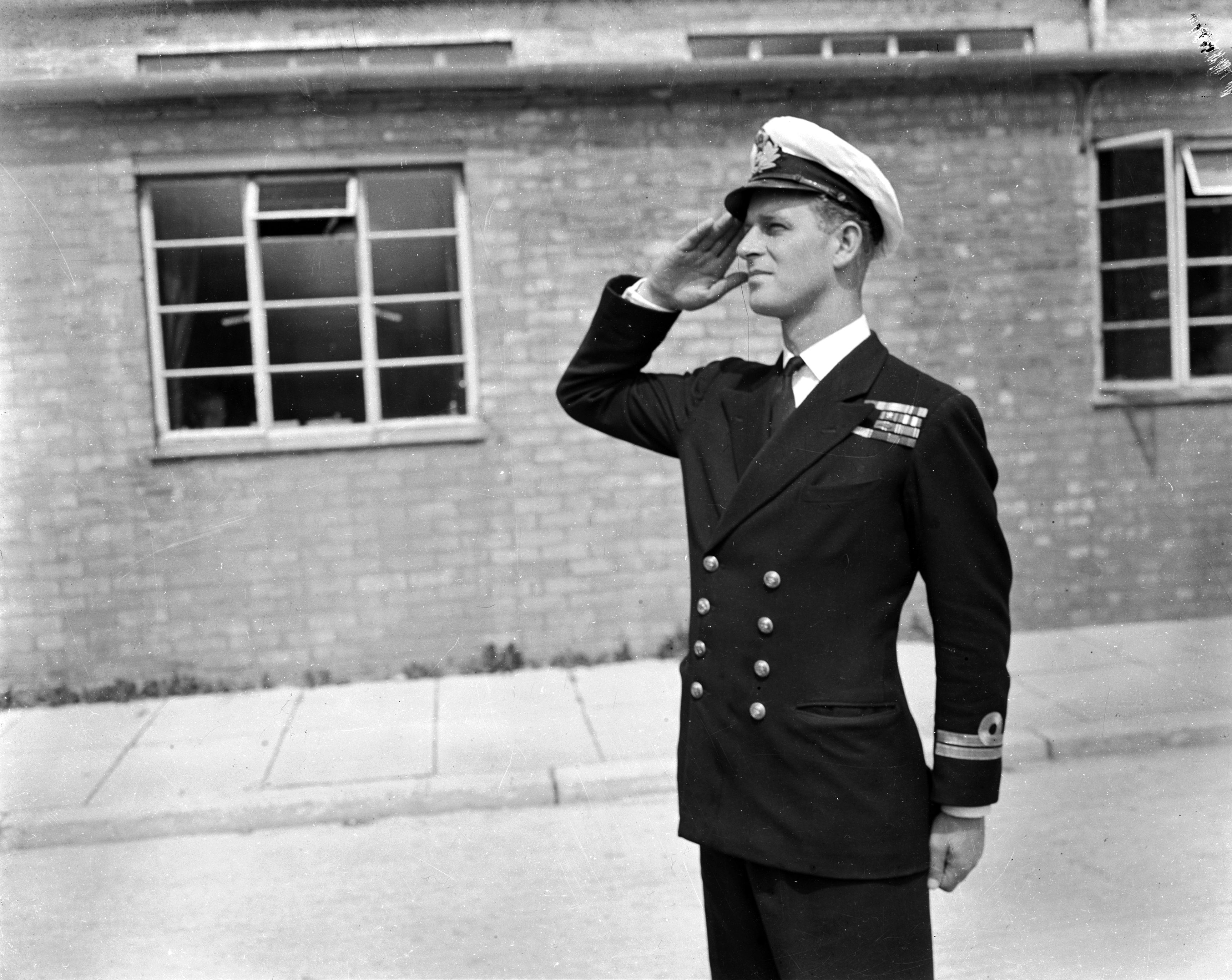Why was Prince Philip not called King? His Prince Consort title explained
There's a reason that 'King consort' doesn't exist


Here's why Prince Philip was not called King and how the consort title works within the British monarchy system.
The UK is in a new era following the death of Queen Elizabeth II and the accession of her son - King Charles III - to the throne. By his side remains his wife Camilla Parker Bowles, who now finds herself with the Queen Consort title as traditional of wives to a ruling King.
For many, it draws comparisons to the late Prince Philip who was very much a support to Her Majesty during her history-breaking 70 year reign. But there's some confusion around Camilla being Queen, when Philip was only ever known as Prince Philip whilst in the same role. We explain why this is and what his titles were instead.
Why was Prince Philip not called King?
Prince Philip was not called King as he was not a reigning monarch, but rather the husband of one. As such he was known as Prince Consort - the spouse of a Queen.
Unlike Camilla's new title of Queen Consort, a "King Consort" title does not exist. Historian Dr Cindy McCreery explained this in an interview with ABC, saying that husbands of a ruling Queen did not traditionally take on King Consort so that the public recognised the Queen's authority as head of state.

"It's really important that her husband is not confused in people's minds as somehow a king, and therefore he takes a title of prince consort," she said.
A previous example is the monarch Queen Victoria and her husband Albert. He was also given the title of Prince Consort.
Parenting advice, hot topics, best buys and family finance tips delivered straight to your inbox.
With her husband now on the throne, Camilla has become Queen consort - much like the Queen Mother was Queen consort during her husband (the Queen's father) King George VI's reign.
What does a royal consort do?
"The role of The Queen’s consort is primarily to provide companionship and moral and practical support to the Monarch," states the Royal Family website. "The consort does not hold a formal position in the structure of government and The Duke did not see State papers or hold official audiences."
One of Queen Elizabeth II's most famous quotes is that Philip was her "strength and stay" during their time together. She made the remark during the couple's Golden Wedding anniversary in November 1997.
"He has quite simply been my strength and stay all these years, and I, and his whole family, and this and many other countries, owe him a debt greater than he would ever claim, or we shall ever know," she said.
Was Prince Philip born a Prince? His heritage
Yes, Prince Philip was born a Prince into the Greek and Danish royal families. He was a former member of the House of Glucksberg. Born on June 10, 1921, he was the only son of Prince Andrew of Greece and Princess Alice of Battenburg.
In 1922 - when Philip was just 18-months-old - the family were exiled and forced to flee Greece. The king of Greece - aka Philip's uncle - was forced to abdicate after the debacle of the Greco-Turkish War (1919-1922). Philip’s father - who was in the army at the time - was accused of treason and banished from his homeland. The family fled to Paris.

Prince Philip's mother Princess Alice suffered from a nervous breakdown In 1931 and was taken away to a sanatorium in Switzerland. This left the young Prince alone - with his elder sisters married off and his father residing in the South of France.
It was his mother's family in England - the Milford Havens and the Mountbattens - who took Prince Philip under their wing. This led to him relocating to England permanently and adopting his mother's maiden name of Mountbatten. On 28 Feburary 1947 when he became a naturalised British subject he denounced his Greek and Danish titles.
What were Prince Philip's official royal titles?
Philip became His Royal Highness, The Duke of Edinburgh upon his marriage to Queen Elizabeth II in November 1947. Ten years later, her late Majesty made her husband a Prince. This meant he went by the full name His Royal Highness The Prince Philip, Duke of Edinburgh from 1957 until his death.
His service in the Royal Navy before his marriage to Elizabeth made him a Lieutenant and his Naval career saw him go on to gain the additional titles of Lieutenant Commander, Commander and Admiral of the Fleet. He was made Lord High Admiral of the United Kingdom in June 2011.

Prince Philip also gained further titles and honours from the Commonwealth during his 99 years. At his funeral in April 2021, these were recognised and read out by Thomas Woodcock, Garter Principal King of Arms:
"Thus it hath pleased Almighty God to take out of this transitory life unto his divine mercy the late Most High, Mighty and Illustrious Prince Philip, Duke of Edinburgh, Earl of Merioneth and Baron Greenwich, Knight of the Most Noble Order of the Garter, Knight of the Most Ancient and Most Noble Order of the Thistle, Member of the Order of Merit, Knight Grand Cross of the Royal Victorian Order upon whom had been conferred the Royal Victorian Chain, Grand Master and Knight Grand Cross of the Most Excellent Order of the British Empire, Lord High Admiral of the United Kingdom, One of Her Majesty's Most Honourable Privy Council, Admiral of the Fleet, Field Marshal in the Army and Marshal of the Royal Air Force, Husband of Her Most Excellent Majesty Elizabeth the Second by the Grace of God of the United Kingdom of Great Britain and Northern Ireland and of Her other Realms and Territories, Queen, Head of the Commonwealth, Defender of the Faith, Sovereign of the Most Noble Order of the Garter, whom may God preserve and bless with long life, health and honour and all worldly happiness."
Video of the Week

Emily Stedman is the former Features Editor for GoodTo covering all things TV, entertainment, royal, lifestyle, health and wellbeing. Boasting an encyclopaedic knowledge on all things TV, celebrity and royals, career highlights include working at HELLO! Magazine and as a royal researcher to Diana biographer Andrew Morton on his book Meghan: A Hollywood Princess. In her spare time, Emily can be found eating her way around London, swimming at her local Lido or curled up on the sofa binging the next best Netflix show.